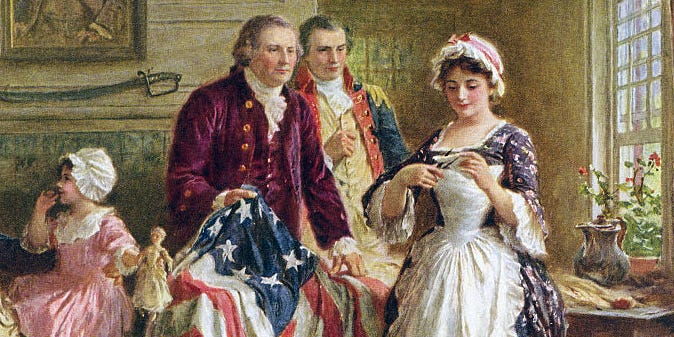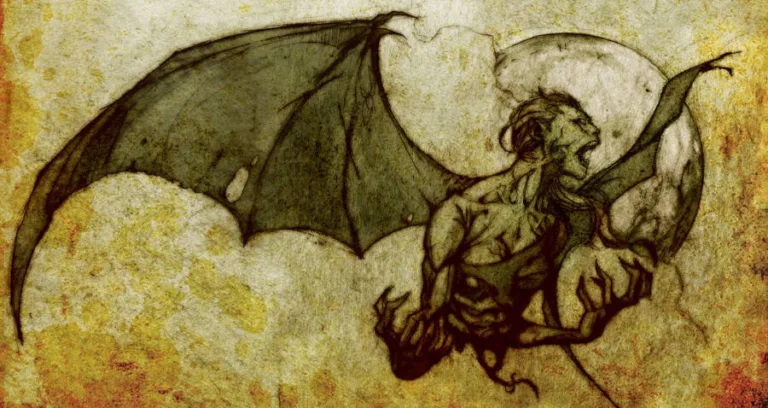Every year, families gather around the television to watch “How the Grinch Stole Christmas,” a beloved holiday classic that reminds us of the true meaning of Christmas. This heartwarming tale, filled with whimsical characters and memorable moments, has captured the hearts of generations. But have you ever wondered about the origins of this iconic story?
The brilliant mind behind the Grinch is none other than Dr. Seuss, whose real name was Theodor Seuss Geisel. Who wrote the Grinch? Geisel, a master storyteller and illustrator, poured his own experiences and observations into the creation of this grumpy Yet Lovable Character. “How the Grinch Stole Christmas” wasn’t just a whimsical story; it was also a commentary on the commercialization of Christmas and the importance of kindness and generosity.
Geisel’S Unique Writing Style, with its rhyming verses and playful language, made the story instantly engaging for children and adults alike. The Grinch’s journey from grumpy grump to redeemed holiday hero continues to resonate with Audiences Today, reminding us that even the most cynical hearts can find warmth and joy during the Christmas season.
The Grinch’s Inspiration and Creation
The Grinch’s creation was deeply rooted in Dr. Seuss’s own feelings about the holiday season. Geisel, a keen observer of human behavior, found himself increasingly frustrated by the rampant commercialization of Christmas. He felt that the true spirit of giving and togetherness was getting lost amidst the frenzy of shopping and gift-giving. This sentiment fueled his creation of the Grinch, a character who embodied these frustrations and took them to an extreme.
Geisel channeled his own experiences into the story, Even Incorporating Subtle Autobiographical Elements. For example, the Grinch’s Lament About Enduring 53 years of noise seems to mirror Geisel’s age at the time, suggesting a weariness with the constant Holiday Clamor. The Grinch became a vehicle for Geisel to express his concerns about the changing nature of Christmas while still offering a message of hope and redemption.
Interestingly, despite initially struggling with the ending, Geisel found inspiration in a simple Pun Involving Roast Beast. This whimsical touch added humor and heart to the story, ultimately solidifying its place as a Holiday Classic.
A Story with Personal Touches
Beyond its universal themes, “How the Grinch Stole Christmas” is also filled with personal touches that add depth and charm to the story. Dr. Seuss wasn’t just telling a tale; he was sharing a part of himself with his readers. The Grinch’s Cynical Outlook, his love for solitude, and even his peculiar appearance seem to reflect aspects of Geisel’s Own Personality.
One fascinating example is the Grinch’s fixation on noise. His constant complaints about the Whos’ festive cheer echo Geisel’s own aversion to loud crowds and Excessive Celebrations. This detail adds a layer of relatability to the character, reminding us that even the grumpiest among us can have moments of vulnerability and sensitivity.
These personal touches make “How the Grinch Stole Christmas” more than just a children’s story; it becomes a reflection of who created the Grinch‘s own experiences and observations about life, love, and the true meaning of the holidays.
 Menendez Brothers & O.j. Simpson: An Unlikely Prison Bond
Menendez Brothers & O.j. Simpson: An Unlikely Prison BondCrafting the Perfect Ending
While Dr. Seuss found the initial writing process Surprisingly Smooth, crafting the perfect ending for “How the Grinch Stole Christmas” proved to be a challenge. Geisel wrestled with different possibilities, trying to find a conclusion that would be both satisfying and true to the story’s themes. He wanted an ending that highlighted the Grinch’s transformation and emphasized the importance of kindness and compassion.
Eventually, inspiration struck in the form of a simple pun involving roast beast. This humorous touch added a layer of warmth and lightheartedness to the story, perfectly encapsulating the spirit of Christmas forgiveness and redemption. The image of the Grinch sharing his roast beast feast with the Whos became a symbol of unity and generosity, leaving readers with a lasting sense of hope and joy.
This moment of creative brilliance showcases Who Created Grinch‘s ability to weave complex emotions and profound messages into seemingly simple narratives. The ending of “How the Grinch Stole Christmas” reminds us that even the most unlikely characters can find redemption and that the true spirit of Christmas lies in sharing kindness and love with others.
From Book To Animated Classic
The success of “How the Grinch Stole Christmas” extended far beyond the printed page. Dr. Seuss’s beloved story soon captured the imaginations of filmmakers and animators who saw its potential to reach an Even Wider Audience. In 1966, Chuck Jones, a renowned animator known for his work on classic Looney Tunes cartoons, brought “How the Grinch Stole Christmas” to life in a groundbreaking animated special.
Jones’s adaptation became an instant holiday sensation, introducing generations of viewers to the iconic green Grinch and his memorable journey. Interestingly, Jones’s decision to give the Grinch his signature green hue was inspired by a series of coincidences involving rental cars he had used while working on the project. This seemingly random detail added a unique visual element to the character, further solidifying its place in pop Culture History.
The animated special perfectly captured the spirit and charm of is the grinch Dr Seuss‘S Original Story, combining whimsical animation with heartwarming storytelling. It continues to be a beloved Holiday Tradition, reminding us of the enduring power of imagination and the importance of spreading kindness during the Christmas season.
The Grinch’s Iconic Green Hue
The Grinch’s instantly recognizable green hue has become as iconic as his grumpy demeanor and heart-two-sizes-too-small. But did you know that this Signature Color wasn’t originally part of Dr. Seuss’s vision? It was Chuck Jones, the talented animator who brought “How the Grinch Stole Christmas” to life on screen in 1966, who decided to give the Grinch His Distinctive Green Makeover.
Jones’s inspiration came from a series of curious coincidences involving rental cars he used while working on the project. The green hues of these vehicles Somehow Sparked His Imagination, leading him to envision the Grinch as a vibrant emerald figure against the snowy backdrop of Whoville. This seemingly random decision proved to be brilliant, instantly transforming the Grinch into a visually arresting character that captured the hearts (and imaginations) of audiences worldwide.
The green color not only set the Grinch apart but also added a layer of symbolism to his character. Green often represents envy, greed, and isolation, all themes that resonated with the Grinch’S Initial Grumpy Disposition. However, as the story unfolds, the green hue takes on a More Hopeful Connotation, symbolizing the Grinch’s eventual transformation and embrace of kindness and love.
More for curious minds
Unlock extra content and exclusive deals tailored to your interests.










